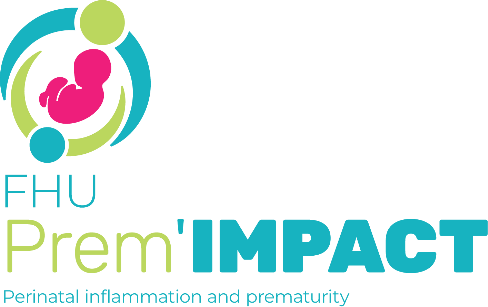Abstract
Objective: The objective is to evaluate changes in survival to discharge of liveborn infants less than 32 weeks’ gestational age (GA) in France, where the latest available data on very preterm survival at a national-level are from the EPIPAGE-2 (Etude épidémiologique sur les petits âges gestationnels) cohort in 2011.
Design: Population-based cohort study.
Setting: Metropolitan France in 2011, 2015 and 2020.
Patients: All births between 22 and 31 weeks’ GA using the EPIPAGE-2 cohort study for the year 2011 and hospital discharge data linked to death certificates from the Système National des Données de Santé for the years 2015 and 2020.
Main outcome measures: The primary outcome was survival to hospital discharge among liveborn infants. Survival rates were compared using modified Poisson regression and adjusted for population characteristics (maternal age, multiple birth, sex, small for GA). Data on all births were examined to assess changes to the live birth rate.
Results: Survival to discharge among live births increased at 23 and 24 weeks’ GA from 1% and 31% in 2011 to 8% and 37% in 2015 and to 31% and 47% in 2020, respectively. From 25 to 28 weeks’ GA, survival rates tended to increase, but differences were not significant, and survival rates were stable from 29 to 31 weeks GA. Results were similar after adjustment. The proportion of live births versus stillbirths increased from 22 to 24 weeks’ GA.
Conclusion: Survival rates among live births improved between 2011 and 2020 from 23 to 28 weeks’ GA, with marked changes at 23 and 24 weeks’ GA.
